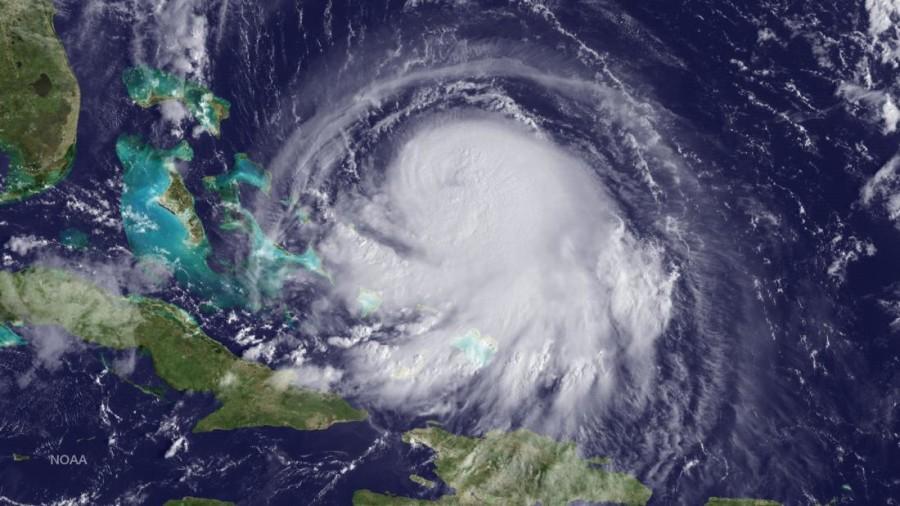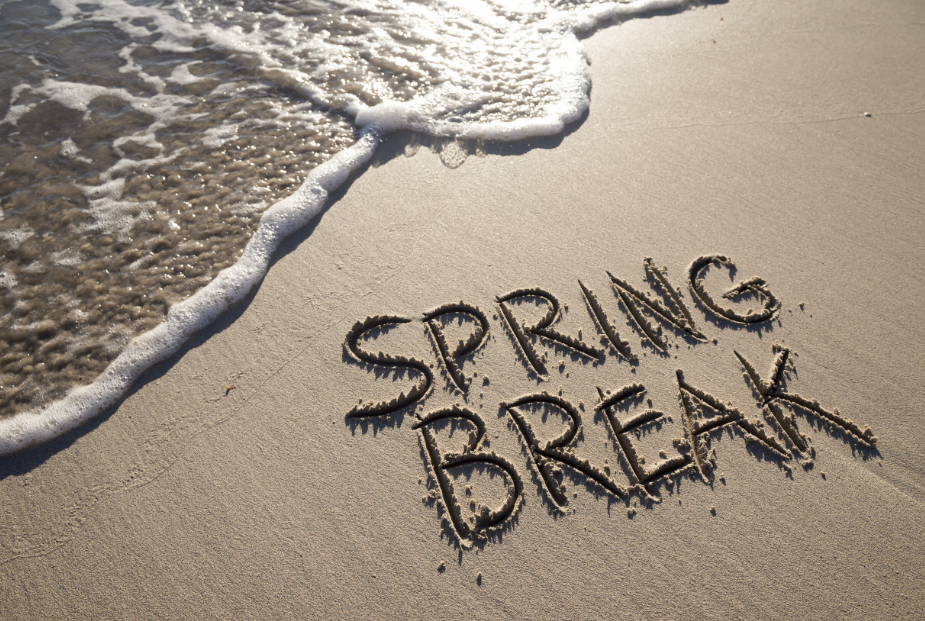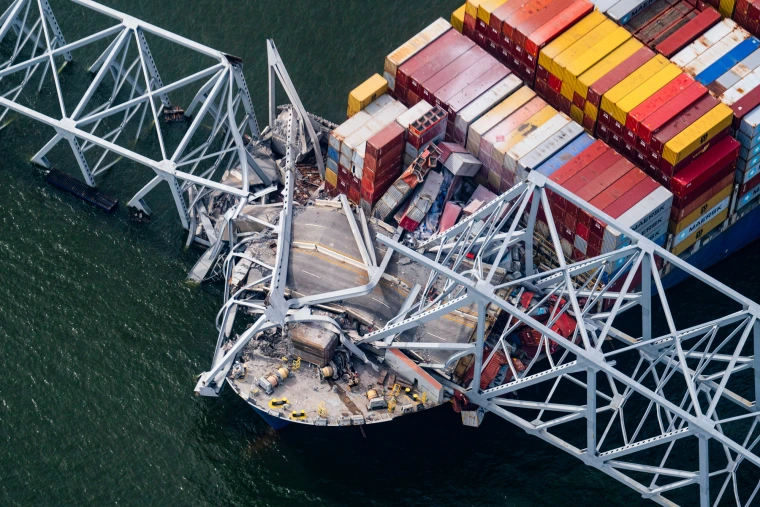Hurricane Michael heading for Florida. How does it compare to New Jersey’s Hurricane Sandy?
IN SPACE – SEPTEMBER 30: In this handout from the National Oceanic and Atmospheric Administration (NOAA), Hurricane Joaquin is seen chruning in the Caribbean September 30, 2015. Joaquin was upgraded to a category 1 hurricane early on September 30. The exact track has yet to be determined, but there is a possibity of landfall in the U.S. anywhere from North Carolina to the Northeast. (Photo by NOAA via Getty Images)
October 17, 2018
Another monstrous hurricane is heading for Florida, known as Hurricane Michael, shortly after the the most recent hurricane in the Carolinas (Hurricane Florence). This tropical storm has been spotted quite recently by meteorologists, and has since then gotten stronger. Hurricane Michael is anticipated to be category four, and averaging at about 10 to 15 feet of flooding near the Apalachee Bay in Florida. However, flooding may reach up to 20 feet because of local bay and coastline funneling.The aftermath of the storm is the possible destruction of fishing towns, military bases, and gorgeous spring-break beaches. All Florida residents are recommended to see refuge as soon as possible.
On Tuesday at 5pm, Hurricane Michael was spotted 60 miles South of Panama City and 65 miles west of Southwest of Apalachicola. Power outages, heavy flooding, and high wind speeds is expected to occur from the storm in Florida.Winds are expected to reach at speeds of 150 miles per hour. Nearly 30 million people in the Southeast are in danger from the storm. The core of the storm is said to surge through Panhandle, Florida.
In the past, category four to five hurricanes have been widely known to hit the tropical area of Florida, such as Hurricane Andrew(Category 5). Meteorologists believe that Florida’s link to the oceanic waters in the Pacific is what causes more frequent hurricanes than other states in the US. Most hurricanes form in the Caribbean or even the West Coast of Africa, and gather heat and energy through the warmer waters. These frightening hurricanes can cause devastating consequences to the cities it rampages.
While New Jersey did not experience as strong of a hurricane, it did have to recover from its effects. Unlike Hurricane Michael’s Category four strength, Hurricane Sandy was a category three hurricane. Hurricanes with a category of four can cause absurd amounts of damage to structures and flooding. Hurricane Sandy caused power outages that lasted for a maximum of two weeks and slight structural damage from damaged trees and high winds.
“The power outage was a really big deal around my neighborhood. We didn’t have power for around a week,” says Noah Kaplan, a sophomore at Wayne Hills High School.
The power outages from Hurricane Sandy lasted through October, in which cold weather was present. Without heat in homes, many families suffered from the cold unless they were fortunate enough to carry a generator or have a friend or family member carrying one.
Florida residents have to deal with structural damage and profuse flooding, but their strength will help them rebuild and recover.
















